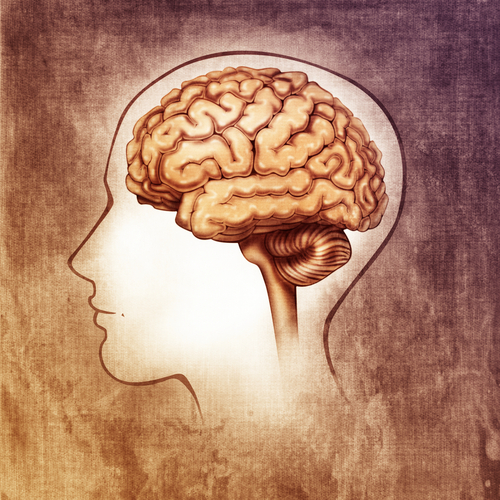I previously argued that psychologists don’t need brain research, and that neuroscience and psychology essentially abuse each other. I feel strongly about this, I think there are real problems when the two fields meet. But it would be wrong to think that people don’t care about these issues.
Neuroscience is a new field. It brings together people who have backgrounds in medicine, psychology, linguistics, biology, information technology, physics, engineering, philosophy. They come into contact with each other with different implicit assumptions about what it means to acquire knowledge, or answer a question, or even what constitutes a result. Take the Blue Brain project, which hinted at promises of simulating the entire brain in a computer network. Some experts loved the idea. Other experts thought the statement has no meaning. Making sense of neuroscientific findings is difficult due to this lack of theoretical coherence, where answers that are demonstrably true might still seem nonsensical. We are building theory from the bottom up, from fragmented pieces of data that often fit nowhere.
The problem might never be fully settled, because for different people, different levels of explanation will resonate more. I might find that researching cognitive phenomena on the neural level is most accurate, but someone else will find computational, chemical, behavioural, phenomenological or social explanations better, more true. Part of this dilemma about what constitutes a true answer can be objectively reasoned out using logic. But part of it is pure emotion, the resolution of tension that comes with the feeling that a question has found its answer. Then something clicks. The information that leads to this universal clicking is different for different people, but when it comes, an answer suddenly feels right. We know it in our gut.
It’s not all idiosyncratic. I do think that there are some natural junctures between neuroscience and psychology, and I try to position myself along them. For example, here’s a cognitive question where I think we are more likely to find a decent answer on the neural than on the cognitive level.
Listen to the clock, going tick-tock. Except the sound is really tick-tick, always identical.
Why do we parse this into two streams?
My best guess is that the answer has to do with rhythms of activation naturally occurring in the brain. The surface of the brain has a layered organization, with somewhat different cells residing at different depths. These tend to build up their dendritic potentials synchronously, with increases and decreases in net electrical activity within a layer that, when visualized, look like waves. The properties of these waves (the length, the amplitude) are constrained by structural or network features of the cells, but within limits, they can also adjust to the environment. Neuroscientists like to explore how these limits shift in the presence of cognitive processing.
It is very likely that the slower among these waves will align to the ticking of the clock. Waves of this length have already been linked to rhythmic attention, and my hunch is that the ticks will fall on the peaks and the tocks in the troughs. This would mean that the ticks and the tocks would reach the brain when it’s in different states of receptivity, and the ensuing percepts would break through into consciousness with a different quality. This would be an answer that ‘clicks’ for me. Well, mostly.
Note how I inconspicuously slipped into a Fourier-transformed world of wavelengths, power, phase alignment. I treated the brain as a digital entity, without going back to what happens on the level of the biological reality. I wish I could just translate back into biology for you, but the truth is, this is almost never done in the literature and all I have is vague guesses and too many questions.
I do know that the terminology of digital signal processing continues to feel like a foreign language, one step removed from what I am interested in, and this grates on my conceptual apparatus. Here I’ve also turned brain waves into consciousness, and this feels like a slippery slope – especially the Freudian-sounding ‘breaking through’ part. Freud and I have never been friends, and I would probe more deeply before making that claim, perhaps by making the tones louder (thus ensuring they are always fully processed) and checking if the auditory stream segregation goes away. But I would also be content with the brain wave finding, because it would represent a decent neural correlate.
Have I mentioned that more research theory is needed?
